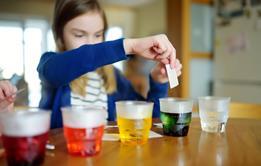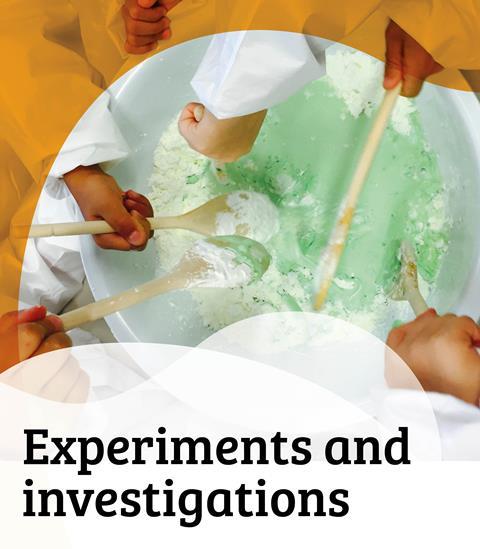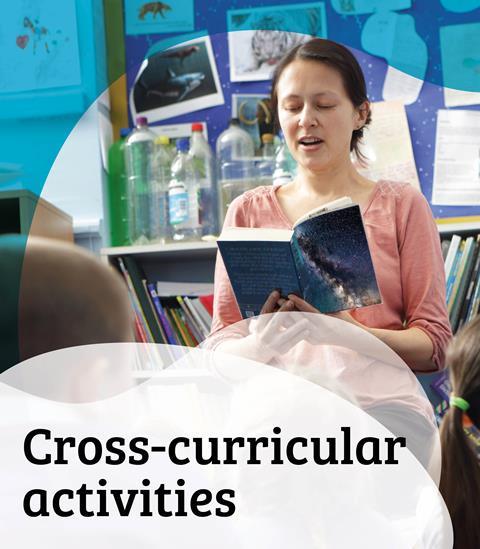Why does your morning orange juice taste so strange after brushing your teeth? Well, this experiment explores the reason
Find out how your taste receptors in your tongue work, and what toothpaste does to confuse them.
In this video, education coordinator Joanna demonstrates why orange juice tastes incredibly bitter after you’ve brushed your teeth. A fascinating ingredient in toothpaste is the culprit. This simple activity can be set for learners to try at home with a responsible adult or used as a classroom experiment.
Equipment list
- Your toothpaste
- Your toothbrush
- A mirror
- Orange juice
- Yourself (and others in your household) to try this out on
Health and safety
- Brushing your teeth with toothpaste containing fluoride is one of the most effective ways of preventing tooth decay, but too much fluoride can damage teeth over time, particularly children’s teeth, so don’t be tempted to overload your brush.
- Try not to swallow toothpaste; always aim to spit it out down the sink.
Activity instructions
- Brush your teeth, using the normal amount of toothpaste that you would usually use
- Pour some orange juice into a cup and take a sip – notice anything unusual?
Explanation
The bumps on your tongue contain taste buds and these are programmed to identify five different taste types: sweet, bitter, umami (savoury), salty and sour. In basic terms, you can think of different taste molecules as different shapes. Each taste receptor is designed to recognise certain shapes and ignore others. This molecular shape sorting system is usually very accurate but you can play a trick on it.
Toothpaste contains a substance that helps produce a foam. It is known as a detergent and is called as sodium lauryl sulfate. Sodium lauryl sulfate is great at being foamy but it attaches to the sweet receptors on your tongue which inhibits the ability to taste sweet flavours. So when the sweet flavours of orange juice fill your mouth, your tongue can’t detect them and you can only identify the sharpness.
Also check out
- For further information and handouts check out this Edible Experiment.
- More simple experiments using everyday equipment which your learners can try at home or you can bring to the classroom on our YouTube playlist.
- Read the CLEAPSS guidance on practical activities for pupils at home during extended periods of school closure, GL339.
- Read the SSERC guidance for primary home learning.
Downloads
Tricking taste buds with toothpaste teacher notes
Handout | PDF, Size 31.36 kbTricking taste buds with toothpaste teacher notes
Editable handout | Word, Size 86.69 kb
From kitchen to classroom

Simple chemistry experiments using kitchen cupboard equipment. Use in the classroom or set as an activity for learners to do at home with a responsible adult.
- 1
- 2
- 3
- 4
- 5
 Currently
reading
Currently
reading
Tricking taste buds with toothpaste
- 7
- 8
- 9
- 10































No comments yet